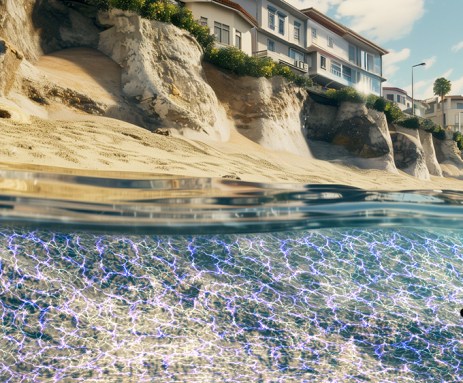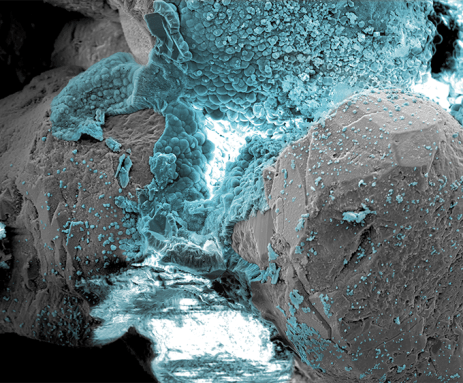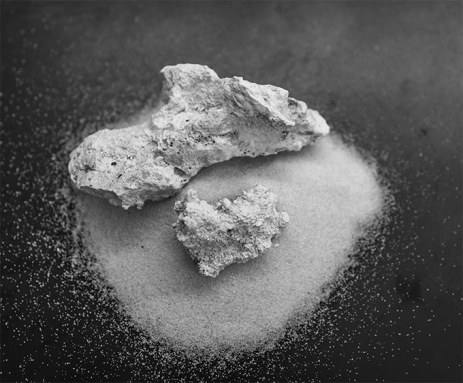Extreme Climate Survey
Scientific news is collecting questions from readers about how to navigate our planet’s changing climate.
What do you want to know about extreme heat and how it can lead to extreme weather events?
But sending low-voltage electricity through waterlogged sands can stimulate the formation of minerals that help bind sediments together, Rotta Loria and colleagues report online Aug. 22 at Earth and Environment Communications. The mineral components are already dissolved in the seawater, the researchers point out.
Sending just 4 volts through a mixture of sand and seawater for 28 days caused mineralization. Using a rod-like electrode with a diameter of 2 centimeters can create a rock pipe up to 80 centimeters wide. Calcium carbonate and magnesium hydroxide were the most common minerals. “It’s basically limestone,” says Rotta Loria.
Strength tests revealed that the newly formed rock was about one-tenth as strong as concrete. But even this can help the coasts resist erosion. The mineralization process can help strengthen the sandy areas at the base of the cliffs, thus slowing erosion that would cut the rocks and slow their retreat from the coast. Or it can be used to strengthen foundations under shoreline homes, either on slabs or piles. It could also be used to “heal” some cracks in existing concrete structures, the researchers suggest.
The mineralization method is eco-friendly—the voltages are too low to be felt by marine life—and it should also be economical, notes Rotta Loria. The process is likely to cost between $3-6 to harden a cubic meter of seawater-soaked sand, the team estimates. Trucking in sand can cost roughly $14-$30 per cubic meter, taking billions to replenish a beach.
#Removing #sand #create #rock #curb #coastal #erosion
Image Source : www.sciencenews.org


